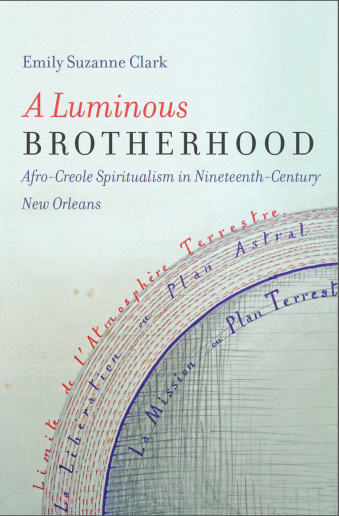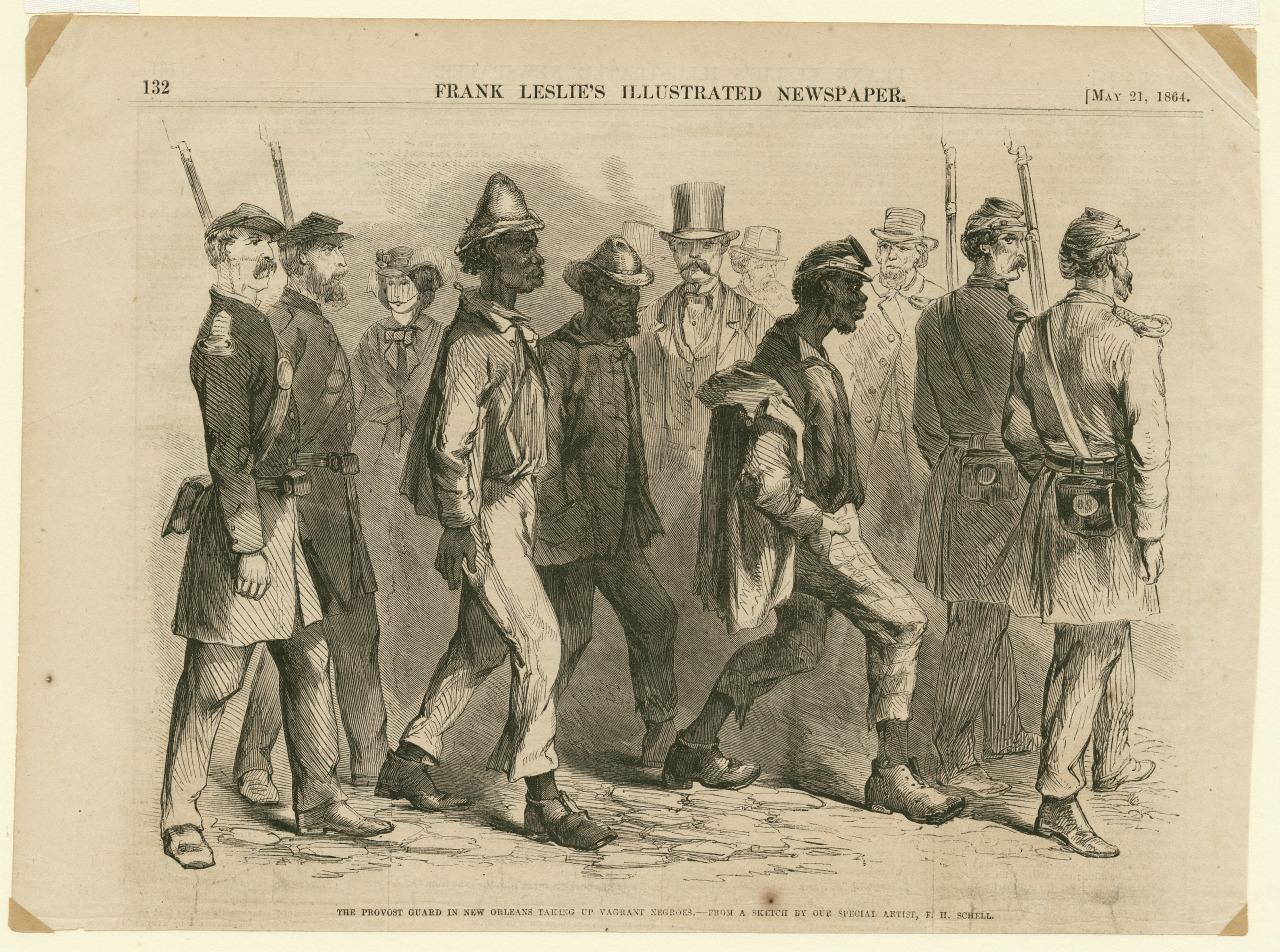Secrets and LiesPosted in Articles, Biography, Louisiana, Media Archive, Passing, United States on 2016-12-03 00:14Z by Steven |
Ms. Magazine blog
Ms. Magazine
2016-05-17
The following is an excerpt from White Like Her: My Family’s Story of Race and Racial Identity.
In 1995 when I discovered my mother’s black heritage, she made me promise never to tell her secret until she died. I kept her secret for 17 years. Nine months after her death in 2015, I appeared on PBS’s Genealogy Roadshow and revealed to 1.5 million people that my mother had passed for white. Three days later the family she never knew found me. “Secrets and Lies” recounts the stories my mother told me about her life in New Orleans before she came north to marry my father. After I uncovered her racial secret, I realized her stories held clues to her racial identity and the hardships she endured as a mixed race woman in Jim Crow south.
When I was a young girl my mother would tell me about her life in New Orleans before she came north to Ohio to marry my father. Each story so carefully fashioned, so artfully told I never questioned their validity. It was one of the rare times I’d be allowed to sit on my parents’ double bed in the cramped downstairs bedroom that faced the street, its north window inches from the neighbor’s driveway where a dog barked sometimes into the night.
The room was pristine with its satiny floral bedspread, crisscrossed white lacy curtains and fringed shades. Area rugs surrounded the bed like islands of color over the amber shag carpet. A large dresser held my mother’s perfumes neatly arranged on a mirrored tray. An assortment of tiny prayer books rested on a side table beside a rosary. Over the bed was a painting of a street scene that could be Paris or New Orleans, colorful and dreamy. A similar painting hung in the living room.
It wasn’t until I married and left home that my father was banished to the other first floor smaller bedroom, even then he was an interloper in this feminine domain. His clothes were exiled to the front hall closet where he kept his rifle. On story days the room was a mother-daughter cove of confidences where my mother came as close as she ever would to telling me who she was, dropping clues like breadcrumbs that would take me decades to decipher. As I grew older, she confided intimacies of her marital life best shared with a mother or a sister. I was the substitute for the family left behind in New Orleans…
Read the entire excerpt here.




